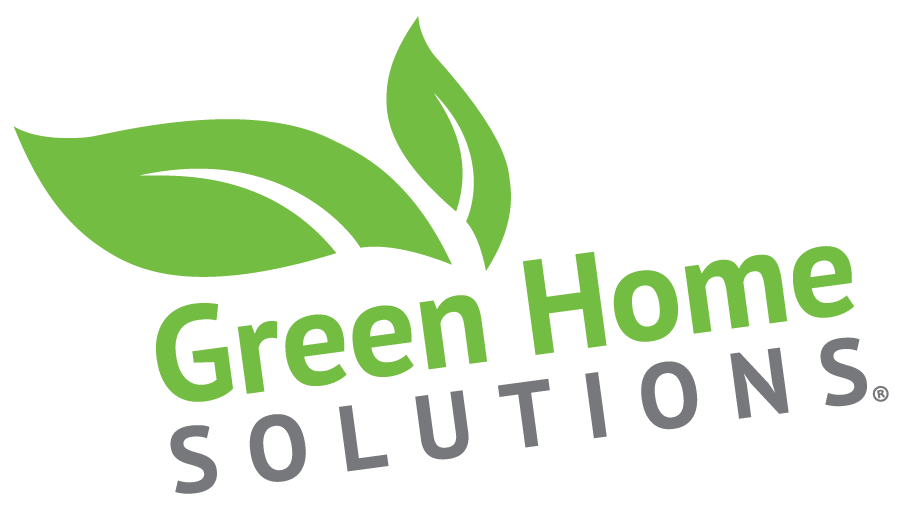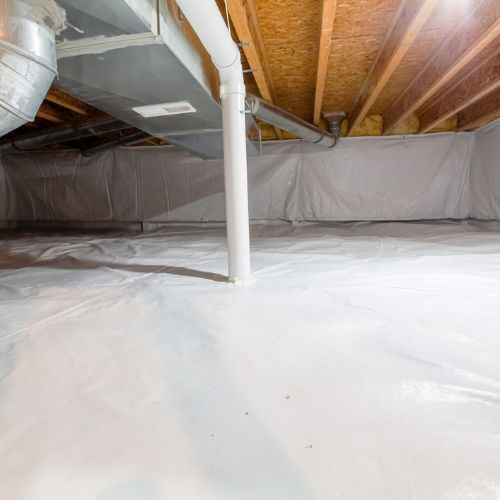As the last traces of winter fade away and the promise of spring fills the air, homeowners across the country eagerly embrace the opportunity to bid farewell to the cold and welcome the warmth of the season. However, amidst the thawing snow and April showers, there lurks a silent menace beneath our homes: the crawlspace. Often neglected and overlooked, crawlspaces can become breeding grounds for mold and moisture-related issues, posing a threat to indoor air quality and the overall integrity of our living spaces. In this blog, we delve into the importance of crawlspace inspection and encapsulation services to prevent moisture intrusion and improve indoor air quality.
Understanding the Threat
Crawlspaces, typically found beneath homes with raised foundations, serve as vital spaces for housing utility components such as plumbing, electrical wiring, and HVAC systems. However, their proximity to the ground makes them susceptible to moisture intrusion from various sources, including groundwater seepage, plumbing leaks, and inadequate drainage. As temperatures rise and humidity levels increase in the spring, crawlspaces can become prime breeding grounds for mold, mildew, and fungi, compromising indoor air quality and creating potential health hazards for occupants.
The Role of Inspection
Crawlspace inspection serves as the first line of defense against moisture-related issues and indoor air quality concerns. Trained professionals conduct thorough assessments to identify signs of moisture intrusion, including water stains, mold growth, musty odors, and structural damage. By uncovering hidden vulnerabilities and potential sources of moisture, inspectors can provide homeowners with valuable insights into the condition of their crawlspace and recommend appropriate remediation measures.

